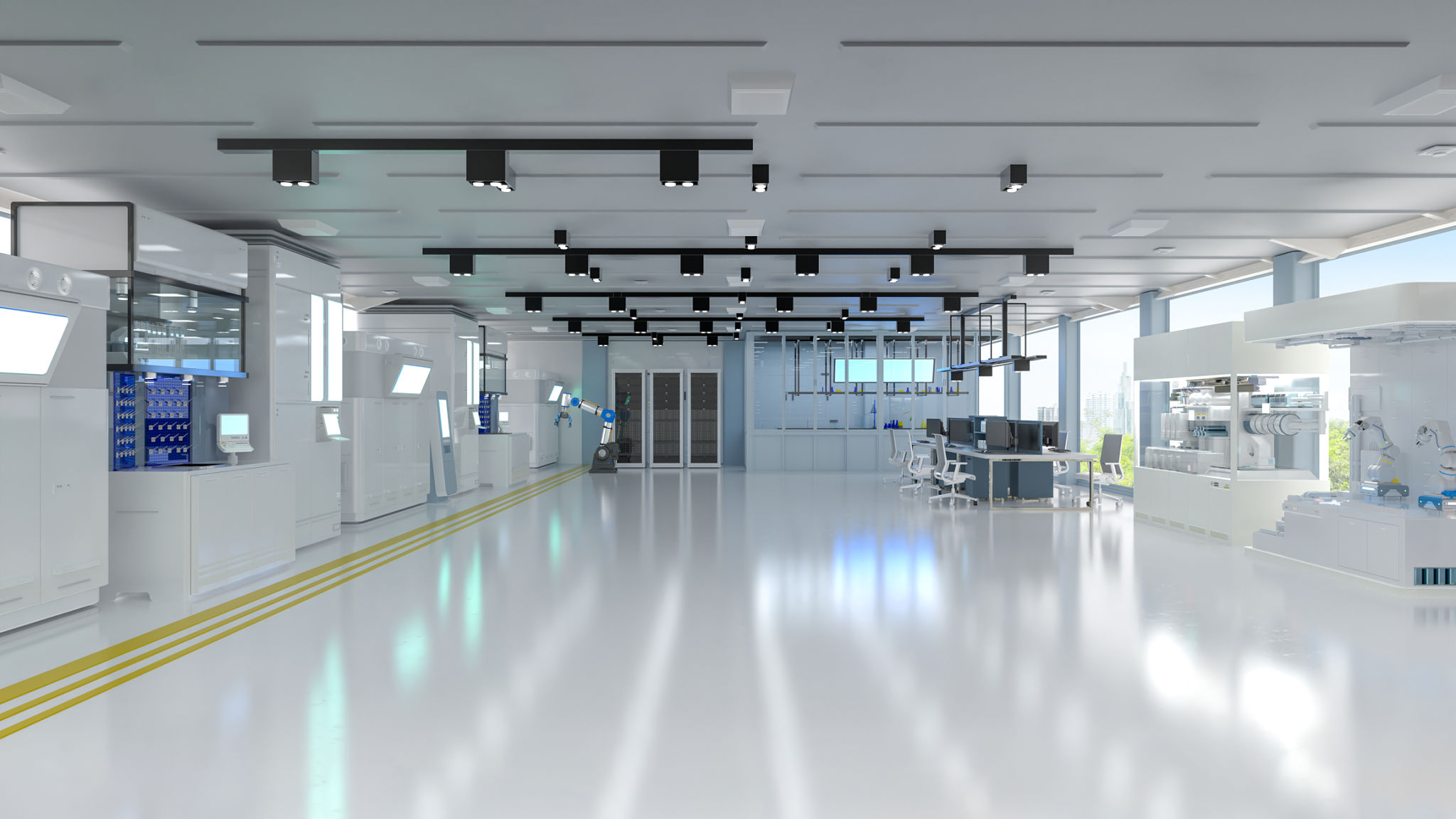The Future of Lab Equipment: Trends to Watch
The Role of Automation in Lab Equipment
Automation is revolutionizing the landscape of lab equipment, allowing researchers and technicians to perform complex experiments with increased precision and efficiency. As technology advances, automated systems are becoming more sophisticated, enabling labs to handle greater workloads while minimizing the potential for human error. Automated lab equipment, such as robotic arms and liquid handling systems, are already transforming workflows in various scientific fields.
One significant benefit of automation is its ability to streamline repetitive tasks, freeing up valuable time for researchers to focus on data analysis and interpretation. This shift not only enhances productivity but also improves the quality and reliability of experimental results. As automation technology continues to evolve, we can expect even more innovative solutions to emerge.

The Rise of IoT in Laboratory Environments
The Internet of Things (IoT) is making a substantial impact on laboratory environments by connecting various pieces of equipment and enabling real-time data collection and monitoring. IoT-enabled lab equipment can communicate with each other, providing a seamless flow of information that enhances collaboration and decision-making processes.
This connectivity allows for remote monitoring and control of experiments, ensuring that lab personnel can respond quickly to any issues or anomalies. Additionally, IoT technology facilitates predictive maintenance, reducing downtime and extending the lifespan of equipment. The integration of IoT in lab environments is set to increase significantly in the coming years, offering new opportunities for efficiency and innovation.

3D Printing: A Game Changer for Lab Equipment
3D printing is emerging as a game-changer in the development and customization of lab equipment. This technology allows for the rapid prototyping and production of specialized apparatus tailored to specific research needs, offering a cost-effective alternative to traditional manufacturing methods. With 3D printing, labs can create precise and intricate components that were previously difficult or impossible to produce.
The versatility of 3D printing also means that researchers can quickly adapt equipment designs in response to evolving project requirements. This flexibility is particularly beneficial for fields such as biomedicine and materials science, where innovation is paramount. As 3D printing technology continues to advance, its applications in laboratory settings will likely expand even further.

Sustainability: A Growing Priority
Sustainability is becoming an increasingly important consideration in the design and operation of lab equipment. With growing awareness of environmental issues, many labs are seeking ways to reduce their carbon footprint and minimize waste. Manufacturers are responding by developing energy-efficient equipment and promoting practices that emphasize sustainability.
In addition to energy efficiency, sustainable lab practices include the use of recyclable or biodegradable materials in equipment design, as well as the implementation of waste reduction strategies. These efforts not only benefit the environment but can also lead to cost savings for labs through reduced energy consumption and waste disposal expenses.
The Future is Bright for Lab Equipment
As we look to the future, it's clear that lab equipment will continue to evolve in exciting ways. The integration of cutting-edge technologies like artificial intelligence, machine learning, and advanced data analytics will further enhance the capabilities of lab equipment, enabling more complex and insightful experiments.
Researchers and manufacturers must remain adaptable and open to innovation, embracing new technologies that can drive progress and discovery. By staying informed about emerging trends in lab equipment, professionals can ensure they remain at the forefront of scientific advancement.
